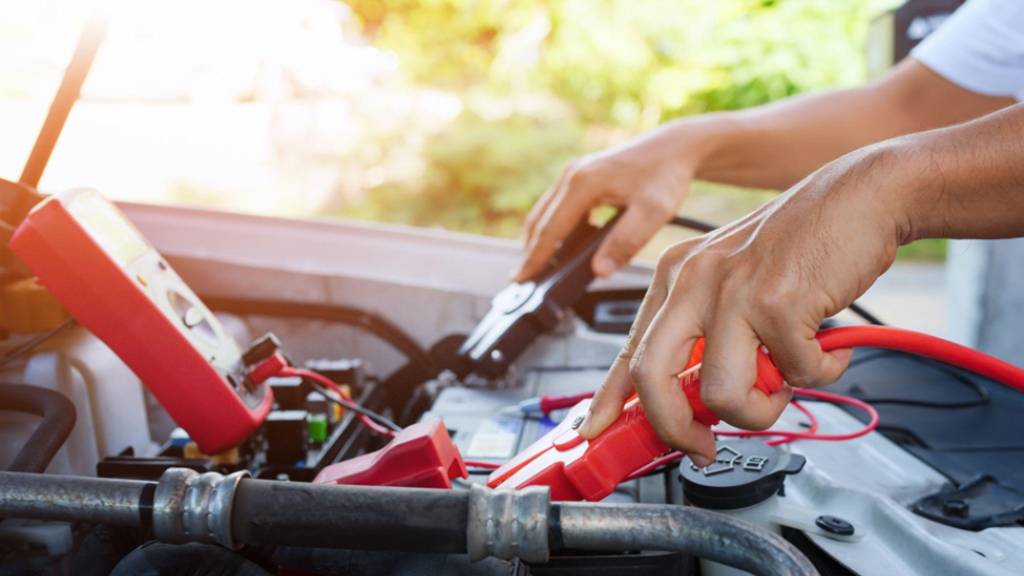There’s nothing quite like the feeling of stepping into your car, turning the key… and hearing nothing happen. Not a whirring ignition, not even a click. Looks like your battery is dead. There are many ways this can happen, from accidentally leaving your lights on to having a fault somewhere in your car’s electrical system.
Without a charge from your battery, your vehicle’s engine won’t get the spark it needs to ignite. So if you discover you have a dead battery, here is a step-by-step guide to jumpstarting your car.
1. Find Your Battery (or Batteries)
There are generally two ways you can jumpstart your car in emergencies. The most common method is by charging yours with the electricity generated from another vehicle’s battery. This can be done with the help of any friend or family member. In real emergencies, you could ask another vehicle owner nearby; you would be hard-pressed to find a stranger that wouldn’t sympathize with your plight and offer assistance. But should you find yourself off-road or a long way from home, the second option, a portable battery charger, is a safe and affordable alternative.
2. Consult Your Vehicle’s Manual for Specific Directions
While jumpstarting a battery is fairly straightforward, every vehicle is unique, and different automobile manufacturers have different procedures for recharging batteries. Before jumpstarting a car (or jump starting someone else’s car), always consult your owner’s manual. For example, EV or electric cars are generally not designed to give jumps to older cars due to voltage differences.
3. Position Your Vehicles
The easiest way to jumpstart a car’s battery with another vehicle is to park them closely side by side or with each vehicle’s hood facing the other. If necessary, feel free to push your vehicle closer for better accessibility.
4. Identify the Battery’s Negative and Positive Terminals
All car batteries have two posts, or “terminals.” One is positive (usually colored red) and the other is negative (usually colored black).
5. Attach the Jumper Cables Carefully
Begin by ensuring that both vehicles are turned off.
First, take the positive clamp and attach it to your dead battery’s positive terminal.
Then, attach the opposite positive clamp to the working battery’s positive terminal.
Attach a negative clamp to the working battery’s negative terminal.
Finally, attach the remaining negative clamp to a non-painted metal surface on the engine block of your car (the car being jump started). This will allow the charge from the donor battery to flow into yours correctly.
When you attach the jumper cables to the corresponding terminals, be sure that they are firmly attached to the metal to get the best results.
6. Let the Donor Car Run for a While
Turn on the donor vehicle and wait a few minutes for the battery to charge. After a moment, try turning on your car (unless the manual says otherwise, you can leave the donor car running). If it revs to life, congratulations! If you don’t hear anything from the ignition and your vehicle’s interior lights don’t come on, you may have a more serious issue.
Call SG3 Towing & Recovery for Offroad Jumpstart Services in Southern Utah
Even if your vehicle is jumped successfully, you may still be in trouble if your battery is in bad shape. If you are unsure if you can get your vehicle to an auto shop in time, give SG3 Towing & Recovery a call. The last thing you want is to find yourself stranded only a few miles from where you got stranded in the first place! We offer reliable jumpstart services and offroad assistance anywhere in southern Utah.


